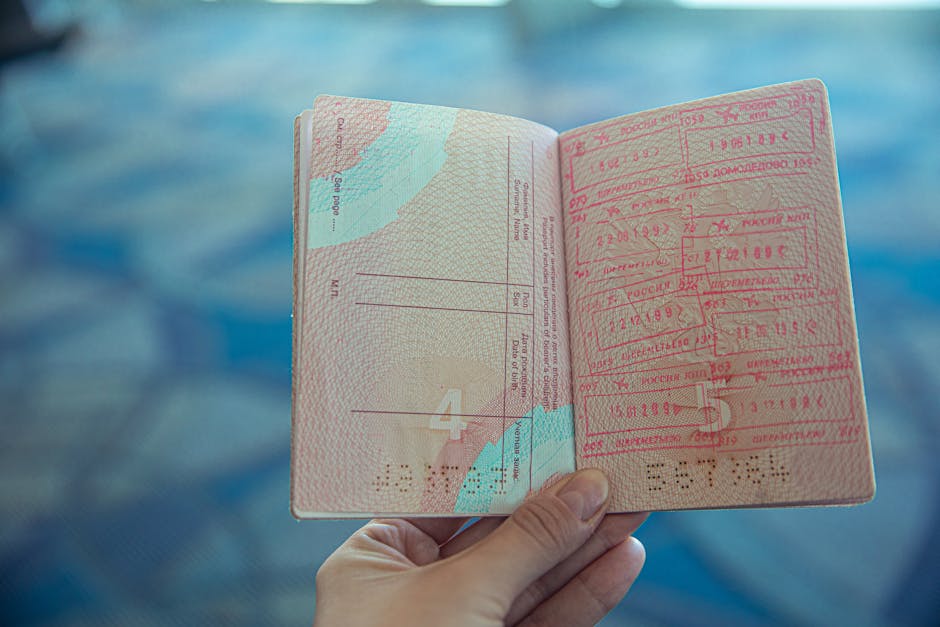Introduction
Navigating the UAE Radiographer Visa process is a crucial step for healthcare professionals. Radiographers are in high demand across the Emirates. However, the application journey involves multiple precise stages.
Understanding each requirement from the start is essential. This prevents delays and potential rejections. Additionally, the UAE’s healthcare sector offers excellent career growth.
Furthermore, the process is designed to ensure qualified professionals enter the country. This maintains high medical standards. The full UAE radiographer visa process requires careful attention to detail.
This guide provides a comprehensive roadmap. It covers eligibility, documentation, and approval steps. Consequently, you can approach your application with confidence and clarity.
Understanding UAE Radiographer Visa
The UAE radiographer work visa is a residency permit. It allows qualified medical imaging professionals to live and work legally. This visa is typically sponsored by an employing hospital or clinic.
Therefore, securing a job offer is the first mandatory step. The employer then initiates the official sponsorship process. This involves several government authorities.
Key bodies include the Ministry of Human Resources and Emiratisation (MOHRE) and the Department of Health (DOH). Each emirate may have specific health authorities. For example, Dubai has the Dubai Health Authority (DHA).
Understanding this framework is vital. It helps you follow the correct procedural path. Always refer to official UAE government employment regulations for the latest information.
UAE Radiographer Visa Benefits
Securing a radiographer visa for the UAE offers significant advantages. Professionals enjoy competitive, tax-free salaries. This is a major financial incentive.
Additionally, employment contracts often include comprehensive benefits. These typically cover housing, health insurance, and annual flight tickets. Such packages provide great security.
Moreover, the UAE boasts a world-class healthcare infrastructure. Working with advanced technology enhances professional skills. This exposure is invaluable for career development.
The multicultural environment is another key benefit. It offers a unique personal and professional experience. Furthermore, the strategic location allows for easy international travel.
How UAE Radiographer Visa Works
The process for a radiographer moving to the UAE follows a logical sequence. It begins with qualification recognition and ends with residency issuance. Each stage has specific requirements.
First, you must get your educational and professional credentials attested. This verifies their authenticity for UAE authorities. Next, you undergo a series of required medical tests.
Then, your employer applies for the Entry Permit and Labour Card. Finally, you receive your Emirates ID and Residency Visa. This entire UAE radiographer visa pathway can take several weeks.
Patience and organization are critical. For personalized guidance, consider an expert consultation to streamline your application.
Best UAE Radiographer Visa Practices
Adopting best practices significantly increases your chances of success. Start by thoroughly researching potential employers. Target reputable hospitals and healthcare networks.
Ensure your CV is tailored for the UAE market. Highlight relevant experience and certifications. Furthermore, begin the document attestation process early.
This step often causes the longest delays. Keep digital and physical copies of every document. Moreover, maintain clear communication with your prospective employer’s HR department.
They are your primary guide through the sponsorship process. Staying proactive and organized is the best strategy. This aligns with international International Labour Organization guidelines for migrant workers.
UAE Radiographer Visa Implementation
Implementing your visa plan requires meticulous action. The first step is securing a valid job contract. This document is the foundation of your application.
Next, proceed with educational certificate attestation from your home country. This usually involves the Ministry of Foreign Affairs and the UAE Embassy. Subsequently, your employer submits the application for an Entry Permit.
Once you enter the UAE, you will complete medical fitness tests. You will also apply for the Emirates ID. Finally, your passport receives the residency visa stamp.
Each step must be completed in the correct order. For a detailed checklist, explore our professional resources.
Advanced UAE Radiographer Visa Strategies
Advanced strategies can optimize your application timeline and outcome. One key approach is obtaining a Good Standing Certificate from your home country’s radiography council. This strengthens your professional profile.
Additionally, consider taking the relevant licensing exam early. For instance, the DHA or HAAD exam for the specific emirate. Passing this before the visa application can speed up the process.
Moreover, networking with recruitment agencies specializing in healthcare can provide access to unadvertised roles. Understanding the nuances of each emirate’s health authority requirements is also an advanced tactic.
This knowledge allows for targeted preparation. These strategies demonstrate proactive professionalism to employers. They reflect a strong understanding of World Health Organization workplace standards.
UAE Radiographer Visa Success Tips
Success hinges on preparation and persistence. Double-check all forms for accuracy before submission. Even minor errors can cause significant delays.
Ensure your passport has at least six months’ validity. This is a non-negotiable requirement for all UAE visas. Furthermore, be prepared for the medical screening.
Certain health conditions can affect visa eligibility. Stay informed about any changes to immigration policies. These can impact the radiographer visa process.
Finally, maintain a positive and patient attitude throughout. The process is detailed but manageable. For ongoing support, you can schedule appointment with our visa specialists.
Future of UAE Radiographer Visa
The future of the UAE radiographer visa looks promising. The UAE government continues to invest heavily in its healthcare sector. This expansion will create more job opportunities for skilled radiographers.
Technological advancements, like AI in imaging, will shape future demand. Professionals with specialized skills will be highly sought after. Additionally, visa processes are becoming more digitized.
This will likely make applications faster and more efficient. However, core requirements for qualification and experience will remain strict. Staying updated on these trends is crucial for long-term career planning.
Global trends can be tracked through resources like the World Bank economic reports.
Frequently Asked Questions
What are the basic eligibility criteria for a UAE radiographer visa?
Eligibility typically requires a recognized diploma or degree in radiography. Furthermore, you need a valid job offer from a UAE healthcare facility. Relevant experience, often a minimum of two years, is also standard.
How long does the entire UAE radiographer visa process take?
The timeline varies but generally takes two to four months. It depends on document attestation speed, licensing exam schedules, and government processing times. Your employer’s efficiency is also a factor.
What is the role of the Dataflow Group in the visa process?
Dataflow is a primary source verification provider. UAE health authorities use it to authenticate your educational and professional credentials. This is a mandatory step for licensing.
Can my family join me on a radiographer visa in the UAE?
Yes. Once your residency visa is issued, you can sponsor your spouse and children. You must meet minimum salary requirements set by the authorities to be eligible for family sponsorship.
What are the common reasons for visa rejection?
Common reasons include incorrect documents, a criminal record, or certain health conditions. Providing false information or failing the licensing exam will also lead to rejection.
Is it necessary to use a recruitment agency?
While not mandatory, a reputable agency can be very helpful. They have networks with employers and understand the complex process. This can save you time and effort.
Conclusion
The path to securing a UAE Radiographer Visa is a structured and achievable goal. It demands careful planning and strict adherence to official requirements. The rewards, however, are substantial.
You gain access to a dynamic healthcare market with excellent prospects. By following the steps outlined in this guide, you can navigate the process effectively. Remember that preparation is the key to success.
Start gathering your documents early and maintain clear communication. The UAE remains a top destination for healthcare professionals worldwide. Take the first step today towards your new career in the Emirates.
For expert assistance, reach out to us for a consultation. You can also review the latest U.S. Department of Commerce trade information for broader context.




